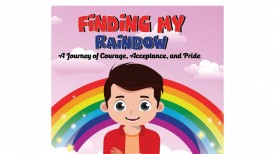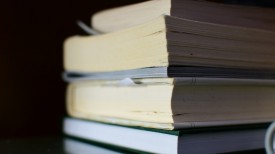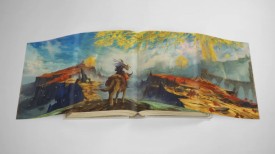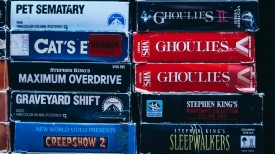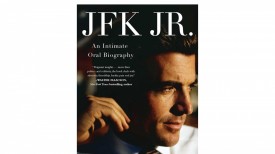World's Oldest Multi-Color Print Book Digitalized! Librarians Never Touched Print Version
The world can now gawk at the oldest multi-color book, unfortunately not in the flesh. A digitized copy of the "Manual of Calligraphy and Painting," which is almost 400 years old, has been published by Cambridge University Library. It is also the first time the manuscript has been opened as it is too fragile.
"Until it was digitized, we have never been able to let anyone look through it or study it - despite its undoubted importance to scholars," Charles Aylmer, Head of the Chinese Department at Cambridge University Library said as quoted by Bustle.
But thanks to the power of technology, readers can now learn what the historical gem holds. "This is the earliest and finest example of multicolor printing anywhere in the world, comprising 138 paintings and sketches with associated texts by 50 different artists and calligraphers," Aylmer said in a statement via the university's website.
"Although reprinted many times, complete sets of early editions in the original binding are extremely rare," he adds. Fastco Design says that the 17th century artist manual has a butterfly binding, which folds one illustration into a two-page spread.
The book was created by the Ten Bamboo Studio in 1963 with the polychrome xylography technique, invented by the studio owner himself, the artist and printmaker Hu Zhengyan. Hu was among the first artists to use technique that involved shades of colors.
Fastco Design notes that the images in the book are divided into eight themes: calligraphy, bamboo, flowers, rocks, birds and animals, plums, orchids and fruit. Every image has an accompanying text or poem along with instructions on basic artist techniques.
The manual is not only regarded for its unparalleled beauty, but also its influence in the whole Chinese color printing artistry, having stayed in print for two centuries.
"The very high quality of the digital images has already led to important discoveries about the material - we have seen where red pigment was used to color inscriptions on the oracle bones, and seals formerly invisible have been deciphered on several items," Huw Jones, a member of the digitization team over at Cambridge University Library, said via the university's website.
"We look forward to new insights now that the collection has a truly global audience, and we are already working with an ornithological expert to identify the birds in the Manual of Calligraphy and Painting," he added.
Other early Chinese works recently digitized include the 19th century manuscript "The Manual of Famine Relief" and a 14th-century banknote. Those who want to check out the "Manual of Calligraphy and Painting" can do so here on the Cambridge University Digital Library.
© 2023 Books & Review All rights reserved.
Popular Now
1
Books to Read After 'Fourth Wing': Top Picks for Fantasy and Romantasy Fans

2
‘The Secret Public’ by Jon Savage Book Review: An Insightful Look Into the LGBTQ Influence

3
Stephanie Regalado's 'If They Only Knew' Column Is Now A Book, Unleashing 60 Anonymous True Stories to Empower Women

4
'No Wire Hangers' Scene That Almost Did Not Happen: New Book Reveals Faye Dunaway's Struggles

5
Rare First Edition of Aphra Behn's Novel 'Oroonoko' Discovered in Kent: A Historic Literary Find

Latest Stories
Book Reviews
‘The Secret Public’ by Jon Savage Book Review: An Insightful Look Into the LGBTQ Influence

Book News
Stephanie Regalado's 'If They Only Knew' Column Is Now A Book, Unleashing 60 Anonymous True Stories to Empower Women

Book News
'No Wire Hangers' Scene That Almost Did Not Happen: New Book Reveals Faye Dunaway's Struggles

Book Reviews
‘The Perfect Couple’ by Elin Hilderbrand Book Review: A Captivating Summer Mystery

Book News
New Book ‘The Franchise’ Reveals Penguins President Kyle Dubas’ ‘Biggest Mistake’ as Maple Leafs GM


